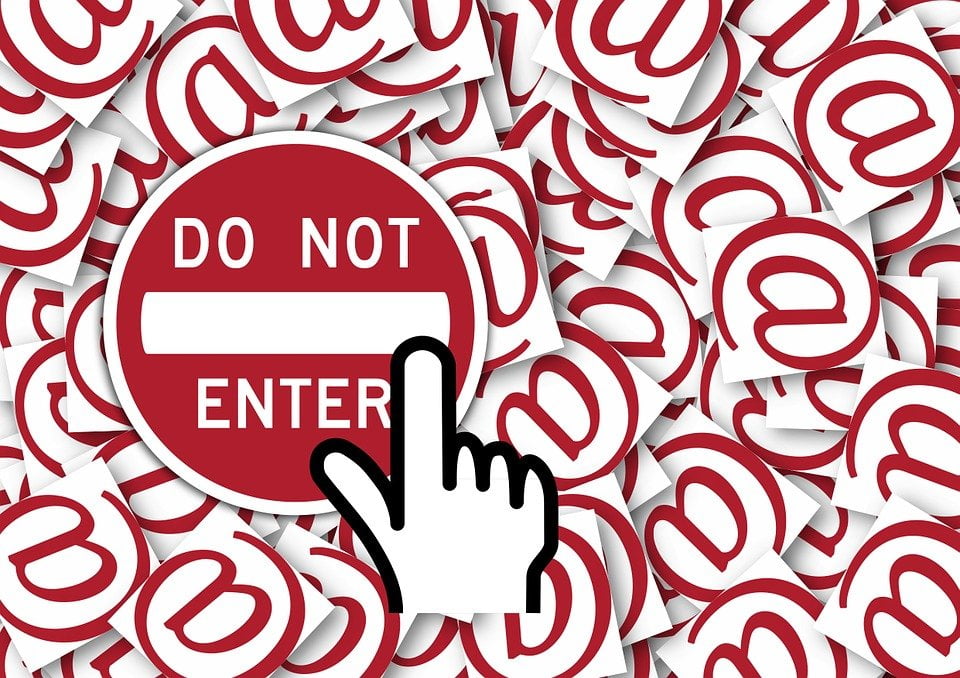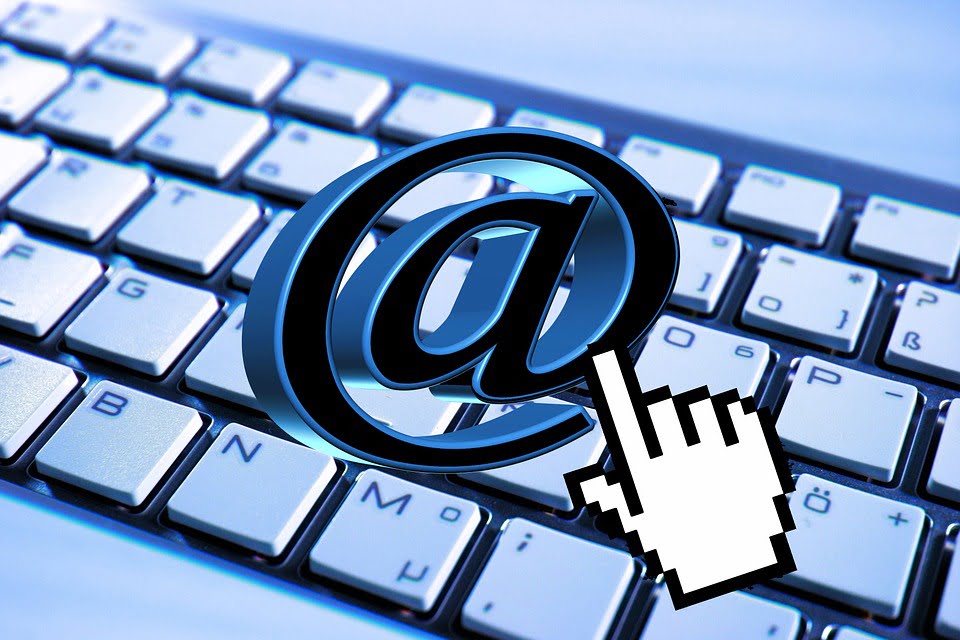eMail: Can’t Live With It, Can’t Live Without It…
 Is email out of control in your organization? Are you frustrated that your employees seem to be constantly ‘using email’ and not focusing on the important issues? At the same time, do you feel that the issue is not strategic enough to warrant your detailed attention – that it can’t be a top management concern?
Is email out of control in your organization? Are you frustrated that your employees seem to be constantly ‘using email’ and not focusing on the important issues? At the same time, do you feel that the issue is not strategic enough to warrant your detailed attention – that it can’t be a top management concern?
The email issue is full of contradictions, but it is getting worse. Read our interview with a typically harassed CEO to find out how to regain control over email and, more importantly, how to regain your employee’s attention.
CEO: “Email is out of control.”
This phrase is on the lips of every CEO we’ve spoken to over the last 18 months. We are struggling with a contradiction. On one hand, email is a much-loved business process – the dominant medium in which knowledge workers choose to work. It shapes our days and alters our priorities. On the other hand, it steals time, costs money, exposes us to corporate risk and creates personal stress for many people. Many organizations and individuals have reached the ‘tipping point’.
CEO: “Yes, but the contradiction that I struggle with is that we seem to be spending more time and money on email, although to less and less effect”
What may come as a surprise is that you are not alone in your frustration. Corporate email traffic (excluding SPAM) is growing at 10% a year, is stored longer, and is becoming a substantial form of evidence in corporate litigation. All of this demands more resources.
One consistent message coming from employees and employers alike is that a company could transform its effectiveness if they used email more proficiently and used it less. Common complaints are that there is unnecessary CC’ing, vague and irrelevant subject headings, and long unfocused wordings. People struggle to know what is important, and what they need to focus on.
CEO: “Ok, but is it worth the effort especially in these challenging times. After all, I’ve got plenty of other things to focus on.”
A good question – just how important is email? Email consumes on average 25% of the day for the averageUS knowledge worker. That’s a process cost of around $14 million for every thousand employees. One in five employees spend over 4 hours a day emailing. Email is also the fastest growing source of material for litigation as companies are paying out millions of dollars to compensate for careless and inappropriate use of email.
We’ve proved that an email efficiency program would easily realize a 20% reduction in the impact of email in one year while also releasing nearly $3 million of value for every 1000 employees. More importantly, you’d get the equivalent of 72 new full-time employees, reduce storage costs, improve quality, and reduce risk. There can’t be many other projects that would be as welcomed and deliver such a high ROI. A good program will also enable you to formally mitigate the risk that your organization is exposed to through ‘careless email talk’ of a few individuals.
Email – The facts
- 60-85% of employees are exposed to inappropriate email every year. At least 7% of these are upset by the content.
- Many email inboxes contain 150 to 2000 un-actioned emails. On average, users return to emails in their inbox an average of four times.
- Every time we check our email we lose 64 seconds ‘distraction time.’
- 23% of emails need rereading or clarification.
- Up to 50% of emails do not meet reasonable clear language standards.
- At least 1 in 3 users ‘suffer’ from email pressure or stress.
- Over 25% of email does not have a useful subject line.
- 60-90% of all corporate email is internal.
- Unnecessary CC’ing is the biggest issue for users, followed closely by emails containing unrealistic deadlines.
CEO: “Sounds good, but before we talk about a program, it’s not all about cash. My people are special and you can’t just tell them what to do.”
Yes, we agree that managing knowledge workers is a particular problem. They aren’t like manual workers; they want to set their own work programs and priorities. They don’t want anyone looking over their shoulder and, more often than not, they know more about the subject area than you. This means that often you have, literally and understandably, no idea what they are doing – definitely a challenge.
CEO: “Yes, and not one that I am all that confident about making public. How do I stay in control?
Start with this insight: it’s not about telling people what to do. Individuals are not at fault; any changes made at an individual level will not deliver significant and sustainable benefits. The truth is that there is no consistent approach to how we use email. This is a fundamental problem given that email is a networked process. Provide a solution that makes sense and it will be universally welcomed.
Recognize that people have had no formal training on email and that, although it is fast, the quality and effectiveness of email communication and management is often not ideal. This causes confusion and stress. People can’t be doing their jobs effectively if they are responding to CC’ed copies of verbose and confusing emails – even if they are relevant.
CEO: “OK, but what program do I go for and how do I ensure that it works.”
Good questions. We would suggest that you choose a comprehensive behavioural change program that is measurable and sustainable. The aim is to reduce the economic and emotional waste of email. The only way this can be done is to change the way everyone in your network creates, manages and thinks about email. We do not believe that training or technology alone works. We prefer a three-phase approach.
Firstly, measure both the quantity and the quality of your organization’s email culture. When you’ve done that, ensure that the results agree with your programme provider’s key performance indicators and targets; this will prove the return on the project. Always share the results with your employees; their participation and feedback is vital.
Secondly, choose a program that gives your people the skills and shared contextual cues that lead to new standards of efficiency and quality. Equally important are user-oriented and easy-to-use software tools that ensure lasting organization-wide change. Any change program has to incorporate choice architecture that makes it easier to comply with a system rather than not.
As with any successful change program, it’s not about using technology to automate a system. It’s about giving people the tools to enable them to do their job well.
Finally, re-measure at least twice to ensure the new culture and methodology is embedded and delivering results. Ensuring that a program is available to all new hires as part of their induction guarantees sustainability.
CEO: “So how will I know if it has worked?”
You will have hard data documenting the changes, as well as a clear framework for translating that into financial benefits. You will have data on how many emails have been sent and received, and how much time people have saved. You will also have data on the communication quality of the emails sent and how many ‘danger words’ were included in emails. You will ‘see’ the results – emails will look and feel different. Employees will actively embrace the changes and talk about how things have improved. People will fix problems and grasp opportunities rather than just reading or writing about them.
By Tony Kujawa
After working as an Executive in large organizations, Tony formed 50Fold in 2003. 50Fold programs aim to deliver immediate but sustainable and measurable increases in knowledge worker productivity, while providing clients with additional coordinated capacity and competitive advantage. Tony is an accomplished presenter and communicator delivering seminars and workshops for numerous international companies.
Contact him at tony.kujawa@50fold.com.
Image courtesy of Stuart Miles at FreeDigitalPhotos.net








